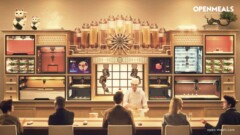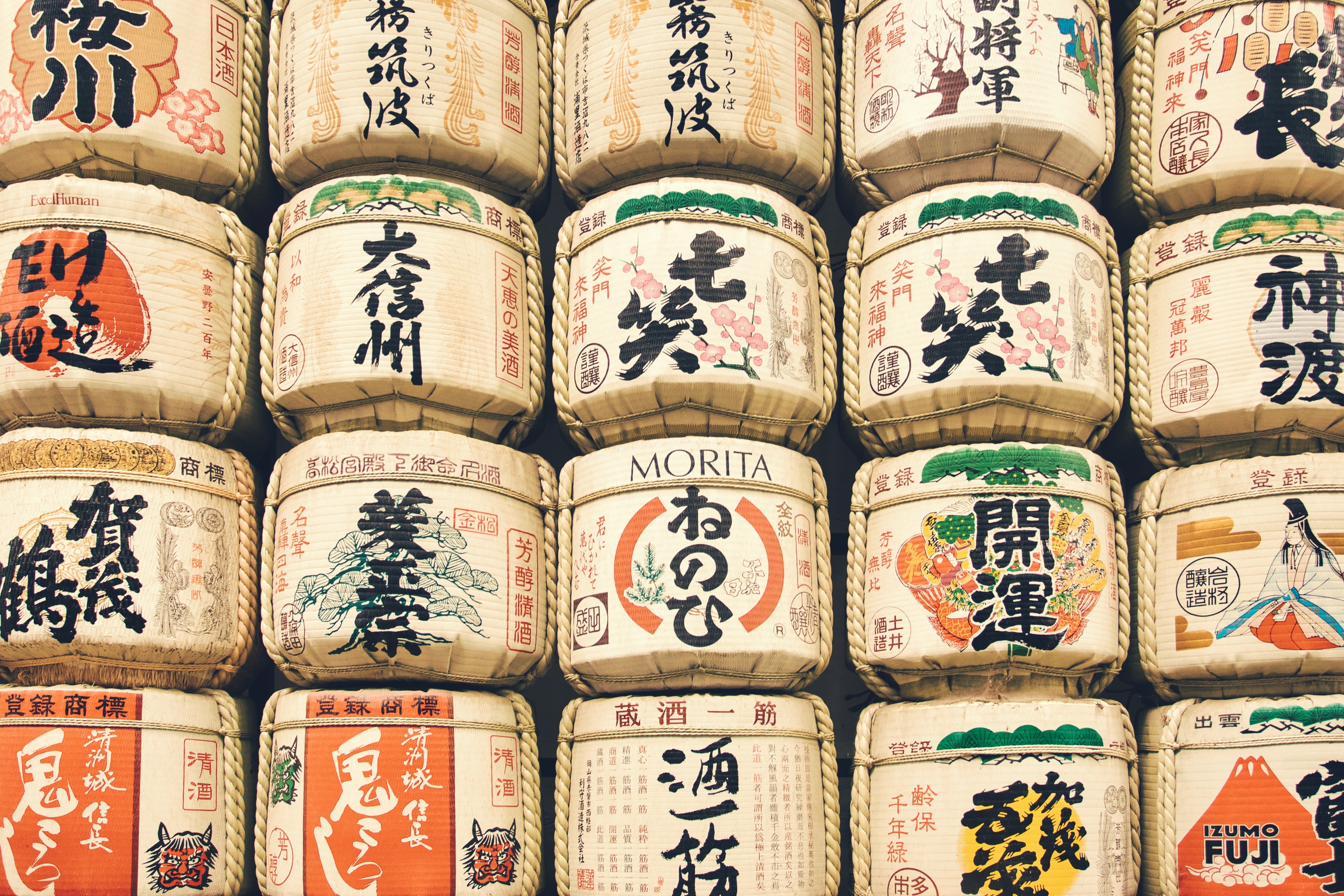Your Guide to Cooking Japanese Food – The Trick to Making White Rice Just Right
Have you ever been to a Japanese restaurant and found the white rice flavorless? Gohan, or cooked white rice, is the basis of Japanese cuisine, and it can be tricky getting it to cook just right. We’ll tell you how. But first a little background.
In Japanese cuisine, the fish, meat, and vegetables are known as okazu. Unlike Western cuisine, where the food comes in courses, Japanese cuisine is served all at once. This is because the many different flavors of the okazu play off the umami of the gohan, so it’s better to enjoy everything together with the gohan playing the central role.
Well-cooked gohan does not have a strong taste, but it is surprisingly flavorful. If the rice you eat at a Japanese restaurant is flavorless, it could be because of the quality of the rice. Or it could be that the rice wasn’t prepared properly. Let’s show you how to cook your rice right.

Here’s what you will need for about three servings of rice:
White rice 700g (1.5 lbs)
Water 840ml (3.5 cups)
Heavy pan with lid (about 1-1.5l / 1-1.5qt size)
What sort of rice should you buy? The high-quality Japanese brands such as Koshihikari or Akitakomachi are the best, and the newer the crop, the better. White rice that has been harvested more than a year ago has lower water retention and doesn’t taste as good.
The water you use is important too. Soft water is ideal. Hard water with lots of minerals is not suited to cooking rice. Mineral water from Japan is the best, but if that is hard to find, the Seattle region is blessed with some of the softest water in the U.S.
Once you have the right water, rice, and pan, here’s the process:

1. Wash the rice

2. Drain

3. Let the rice absorb water
ii. Use about 1.2x more water than rice.
iii. For 700g (1.5lbs.) of rice, use 840ml (3.5 cups) of water.
iv. Let the rice soak in the water for 25 minutes in summer or 30 to 40 minutes in winter.
v. Don’t leave the rice in the water too long. Too much water absorption can ruin the texture and flavor.
vi. Use cold (around 6° or 43° F) water.
vii. You can have the rice in the fridge while it is soaking.

4. Cook the rice
ii. Cook over medium heat.
iii. Bring the water to a boil until you see big, white bubbles.
iv. Make sure the lid stays on tight and doesn’t let the water boil over. This increases the umami of the rice.
v. Remove the lid and turn down the heat to medium low,
vi. Check by smell to be sure the rice is not burning.
vii. Eventually, you will see several small holes on the surface. This indicates that the rice is fully cooked.

5. Steam the rice
ii. This steaming process is very important for getting the taste just right. Be patient.

6. Finish
ii. To keep the rice from getting mushy, mix section by section well. This will keep the rice from becoming too moist. Fluff the rice entirely.
iii. Enjoy your tasty gohan.
We recommend eating the cooked rice while it is hot. Notice the subtle flavor. Once you eat properly cooked rice, it’s hard to go back to the cold, flavorless stuff. Add a little bit of salt if you like. It helps bring out the sweetness in the rice.
Well-cooked rice goes with any side dish. You can eat Japanese okazu, or try it with bacon and eggs or even steak. And a splash of soy sauce on your side dish helps make the meal all that more delicious. Now it’s time to say, Itadakimasu!

























